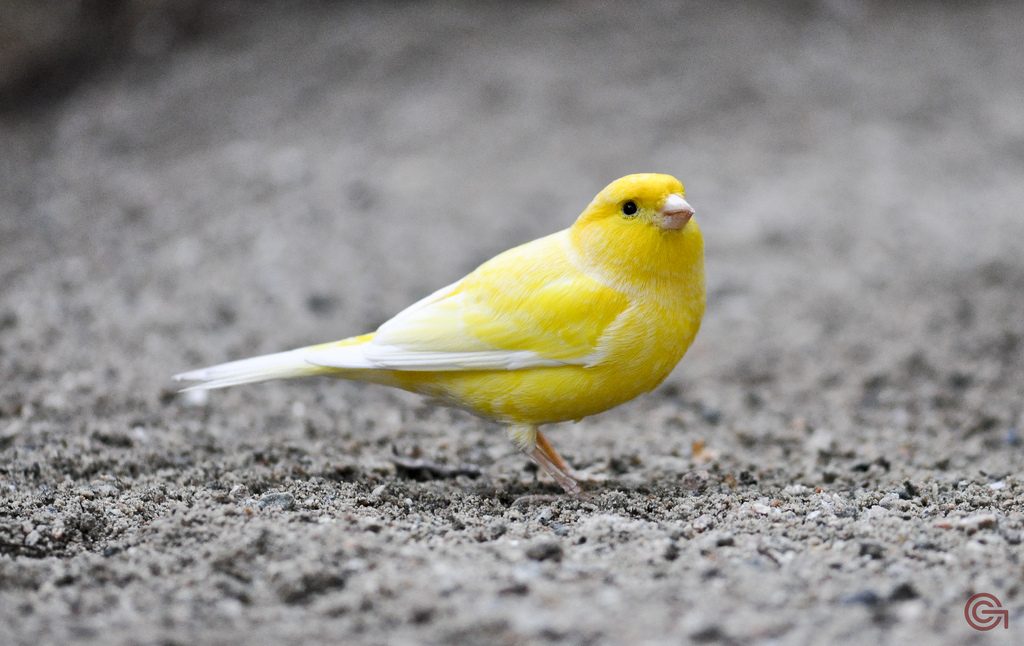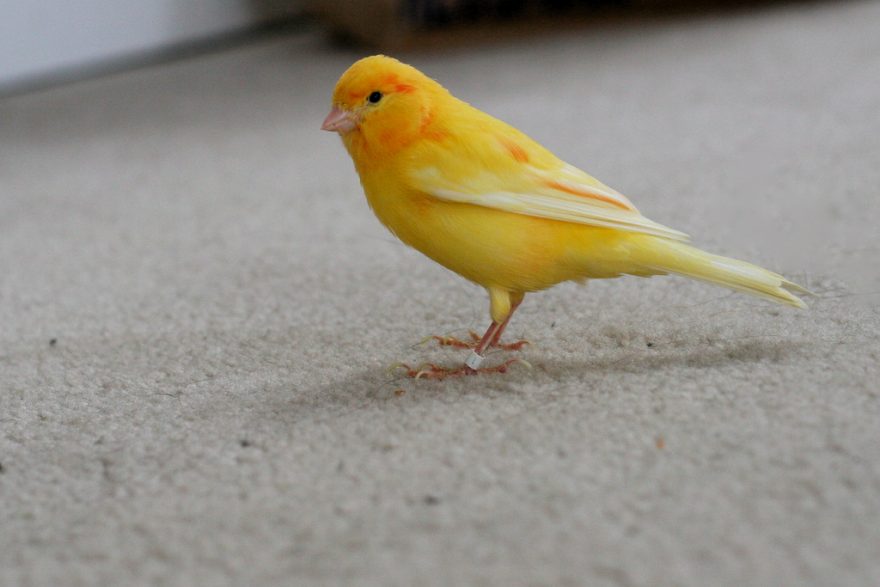The domesticated canary is a domesticated form of the wild canary, native to Azores, Madeira and Canary Islands. They have been kept in captivity for hundreds of years and are available in numerous colour variations and breeds. They remain hugely popular in the pet trade thanks to their hardiness, readiness to breed and superb song.

Diet & Feeding
A canary seed mix forms the basis of most canary diets. Unfortunately seed is lacking in many essential vitamins and minerals which must be compensated for by introducing other foods. Green seed heads or sprouted seed increases the nutritional value of seed and is a cheap way to improve your bird’ health.
A canary’s feather color is largely derived from their diet. Yellow factor and red factor seed mixes can be purchased which contains supplements to strengthen their color, while natural foods such as carrot and corn can also serve the same purpose.
Canaries possess a ferocious appetite and are known to be greedy and messy eaters. Their propensity to eat virtually any food is often used by breeders to encourage other species to sample newly introduced foods.
Kale, bok choy, cucumber and finely grated apple, carrot, corn or broccoli are much loved by canaries. Spinach can also be given, but only sparingly as it can contribute to calcium deficiency. Commercial soft finch food mixes (especially Egg and Biscuit mixes) can also be provided for an added nutrient boost, particularly when breeding. Some live food will be consumed but is not required to achieve strong breeding success.
Birds should never be fed avocado, chocolate, caffeine, onion or alcohol.
Housing & Compatibility
Individual canaries can be kept in cages and generally tolerate solidarity. They will also breed in smaller cages, so long as it’s possible to separate the male and female outside of the breeding season. In the interest of bird welfare, Aviculture Wiki does not encourage birds to be kept and bred in cages, so this article will focus on housing canaries in an aviary situation.
The ideal environment for canaries is a large planted aviary. They are destructive to foliage so a careful balance between the number of birds and the growth rate of plants must be achieved.
Canaries can be housed as single pairs, as a small group (one cock bird and 2-3 hens), or as a colony (2 cock birds and 4-6 hens). A second aviary may be needed to house the large number of young that will be produced by colony breeding.
Canaries are generally quite placid and can be housed with most finch species, doves, quail and (space permitting) Neophema parrots. Birds housed with Goldfinches, Siskins, Chaffinches, Linnets, Greenfinches, Twites and Redpolls will produce hybrids. Most hybrids are infertile.

Breeding
Canaries build a cup shaped nest in tree, shrub or commercial canary nesting receptacle. The nest will be constructed from fine grass and lined with feathers or shredded paper.
A hen will produce 2 to 3 clutches per year, after which nests should be removed to prevent over-breeding. Clutches consist of between 3 and 6 eggs – with generally excellent hatch rates. The hen will incubate the eggs for 13 to 14 days, without any assistance from the cock. Young birds will fledge at three weeks of age and be fully independent at six weeks of age.
Canary genetics are a complex topic. The “rules” are best summarized by this excerpt from canarybirds.net:
It is recommended you do not breed hard feather to hard feather (intensive to intensive) canaries. Best pairing is a soft feathered (frost) to a hard feathered (intensive) canary. Two soft feathered birds can be bred to each other. It is also important to keep the colors as pure as possible. Do not breed yellow to red factor because both traits will be diluted. Breed melanin birds to melanin birds and clear to clear or variegated birds will be achieved.
Nest inspections are well tolerated.
Health
Canaries are hardy birds that can tolerate poor housing conditions for longer than most species. They are susceptible to various parasites – including the air sac mite and scaly leg mite, both of which can be controlled with Moxidectin or Ivermectin diluted into the drinking water.
Canaries need to be protected from temperature extremes and drafts.
Crested and plain head should be the rule for breeding crested birds, as doubling up on the crest is likely to result in 25% dead in shell.